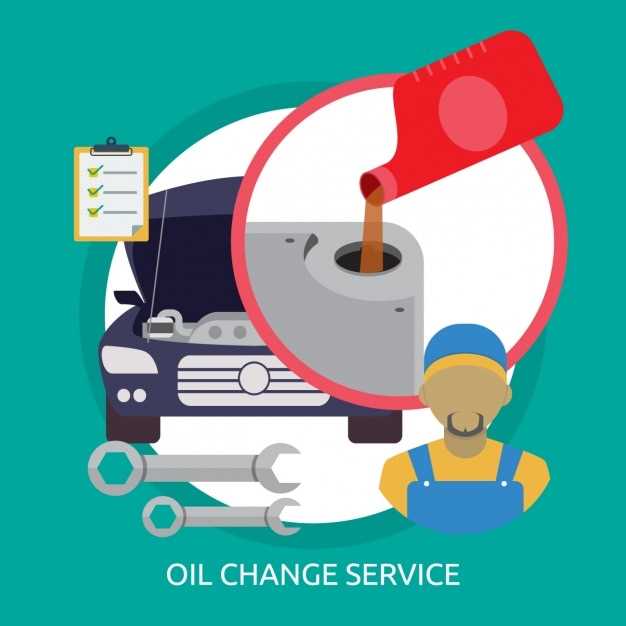
In the world of heavy machinery, diesel engines stand out for their efficiency, durability, and power. These engines are the heart of numerous trucks, making them essential for a variety of industries, including transportation, construction, and agriculture. Understanding diesel engine repair procedures and techniques is crucial for anyone working with these vehicles, as it not only ensures compliance with safety standards but also enhances the performance and longevity of the equipment.
This guide serves as a comprehensive resource for mechanics, truck owners, and enthusiasts who want to acquire valuable knowledge about diesel engine maintenance and troubleshooting. From identifying common issues to applying advanced repair techniques, this article will outline the necessary steps to keep your diesel engine running smoothly. Whether you’re dealing with a minor hiccup or a major breakdown, mastering these repair procedures can save time and money, ensuring that your truck remains operational and reliable.
Understanding the components and functionality of a diesel engine is the first step toward effective repair. With specific focus on key parts such as the fuel injection system, coolant system, and exhaust components, this guide will equip you with the skills needed to diagnose problems accurately. By the end of this article, you will be better prepared to tackle even the most challenging diesel engine repairs, keeping your truck on the road and minimizing downtime.
Diagnosing Common Diesel Engine Issues in Trucks

Diagnosing issues in a diesel engine requires a systematic approach to identify problems that may affect performance or reliability. Understanding common symptoms can facilitate effective service interventions in trucks.
One of the primary signs of engine troubles is difficulty starting. If a truck’s diesel engine struggles to crank or has a prolonged starting time, it could indicate problems with the battery, fuel system, or glow plugs. Inspecting the battery and connections, as well as checking fuel supply and filter conditions, is critical in this scenario.
Another common issue is reduced power output. When a truck’s engine fails to deliver the expected power, it may be caused by clogged air filters, faulty turbochargers, or exhaust blockages. Routine service should include checking the air intake system and exhaust for restrictions, as well as evaluating the turbocharger’s operation.
Excessive smoke from the exhaust is also a pertinent diagnostic indicator. Black smoke may suggest a fuel-rich mixture due to injector issues or improper air supply, while blue smoke typically points to oil burning, often resulting from worn engine components. Conducting a thorough inspection of injectors and piston rings is necessary to determine the root cause.
Overheating can lead to severe engine damage. Signs of overheating include warning lights or temperature gauge readings above normal. A malfunctioning thermostat, insufficient coolant, or a damaged water pump could be responsible. Regular checks of the cooling system, including coolant levels and hose integrity, are essential to prevent these problems.
Lastly, engine knocking or unusual sounds can indicate internal problems such as bearing wear or insufficient lubrication. Monitoring engine noises during operation aids in identifying mechanical failures that require immediate attention. Maintaining proper oil levels and scheduling regular oil changes are crucial to ensuring engine longevity.
In conclusion, effective diagnosis of diesel engine issues in trucks requires keen observation and routine maintenance. By recognizing these common symptoms and addressing them promptly, vehicle owners can enhance performance and prevent costly repairs.
Step-by-Step Fuel System Repair for Diesel Engines
Repairing the fuel system of diesel engines is essential for maintaining optimal performance in trucks. A malfunction in this system can lead to reduced efficiency, poor acceleration, and increased emissions. Follow these step-by-step procedures to ensure a successful repair.
1. Safety First: Before starting any repair, ensure the truck is parked on a flat surface, the engine is turned off, and the battery is disconnected. Wear safety goggles and gloves to protect yourself from fuel exposure.
2. Diagnose the Problem: Begin by checking for symptoms such as hard starting, sputtering, or loss of power. Use diagnostic tools to read error codes from the engine control unit (ECU) which may indicate specific fuel system issues.
3. Inspect the Fuel Filter: A clogged fuel filter is a common issue. Locate the filter, remove it, and visually inspect for dirt and debris. Replace it with a new filter if necessary, ensuring that the seals are tight to avoid leaks.
4. Check the Fuel Lines: Examine all fuel lines for cracks, leaks, or corrosion. Replace damaged sections using high-quality fuel line material. Ensure all connections are secure to prevent fuel loss or contamination.
5. Test the Fuel Injection Pump: The fuel injection pump is crucial for delivering fuel to the engine. Using a pressure gauge, check the pump’s output pressure against the manufacturer specifications. If pressure is low, inspect the pump for damage or wear.
6. Clean or Replace Fuel Injectors: Fuel injectors can become clogged, impacting engine performance. Remove the injectors and test them individually. Clean any clogged injectors using an ultrasonic cleaner, or replace them if they are beyond repair.
7. Bleed the Fuel System: After maintenance, air may have entered the fuel system, causing starting issues. Follow the manufacturer’s instructions to bleed the system, ensuring all air is removed.
8. Reconnect the Battery: Once all repairs are complete and components are reassembled, reconnect the battery. Double-check for any tools or equipment left in the engine bay.
9. Start the Engine: Start the engine and monitor for any irregular noises or leaks. Allow the engine to run for a few minutes to ensure everything is functioning correctly.
10. Test Drive: Finally, take the truck for a test drive to assess performance. Pay attention to how the engine responds and return to the shop if you notice any issues.
Following these steps will help ensure that the fuel system of your diesel engine is properly repaired, leading to improved performance and longevity in your truck.
Maintenance Techniques for Optimizing Diesel Engine Performance

Regular maintenance is crucial for ensuring the longevity and optimal performance of diesel engines. Proper servicing practices can greatly reduce the likelihood of breakdowns and enhance fuel efficiency. Here are key maintenance techniques to follow.
First, ensure regular oil changes. Diesel engines operate under high stress and generate significant heat, necessitating frequent oil replacement to maintain lubrication and reduce wear. Check the manufacturer’s recommendations for change intervals, typically every 5,000 to 10,000 miles.
Next, focus on the fuel system. Regularly inspect and clean fuel filters to prevent contamination that can lead to injector damage. Use high-quality diesel fuel to minimize deposits within the fuel system, and consider adding fuel additives to enhance performance and engine cleanliness.
Air intake maintenance is equally important. Clean and replace air filters as needed to ensure optimal airflow to the engine. A clean intake system maximizes combustion efficiency and reduces emissions, positively impacting overall engine performance.
Monitoring coolant levels is essential for preventing overheating. Check the radiator and coolant reservoir frequently, and replace antifreeze according to the manufacturer’s schedule. This helps in maintaining the engine at its optimal operating temperature.
Additionally, inspect belts and hoses for signs of wear. Over time, these components can deteriorate, leading to potential failures. Replace any frayed or cracked belts and hoses to avoid breakdowns during service.
Finally, leverage diagnostic tools for regular assessments. Utilizing advanced diagnostic equipment helps identify issues before they escalate, allowing for timely interventions that can save on costly repairs and ensure consistent engine performance.




